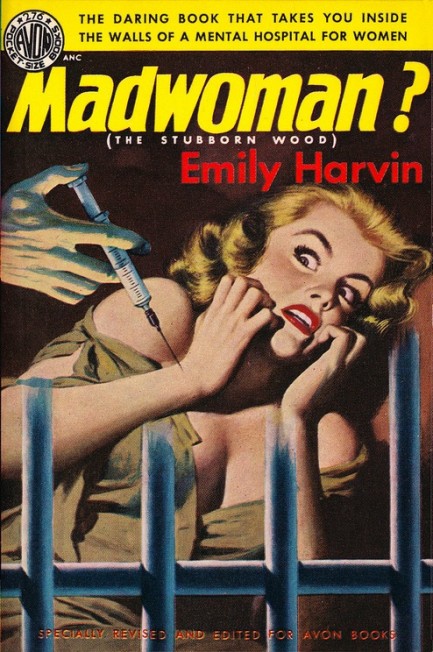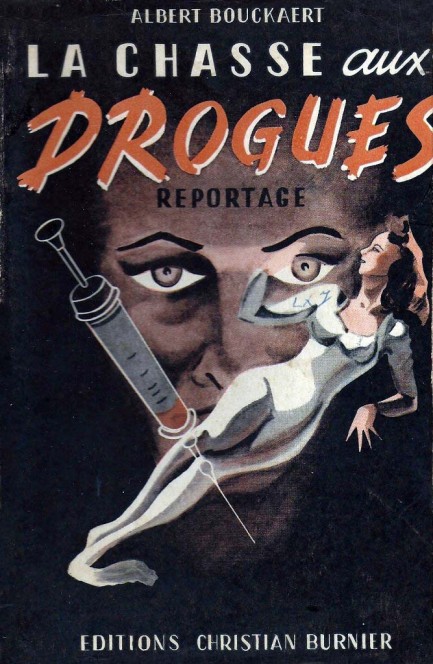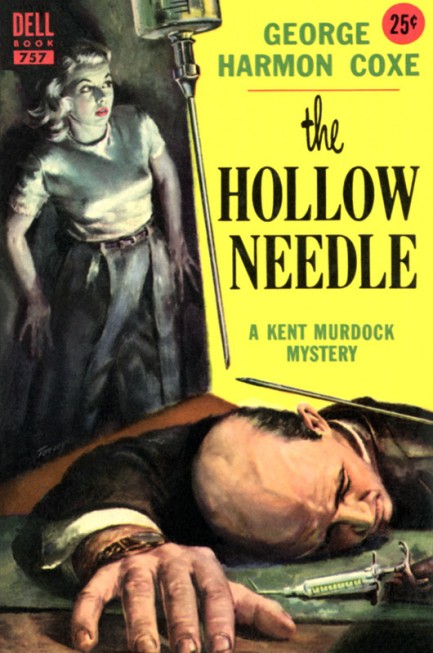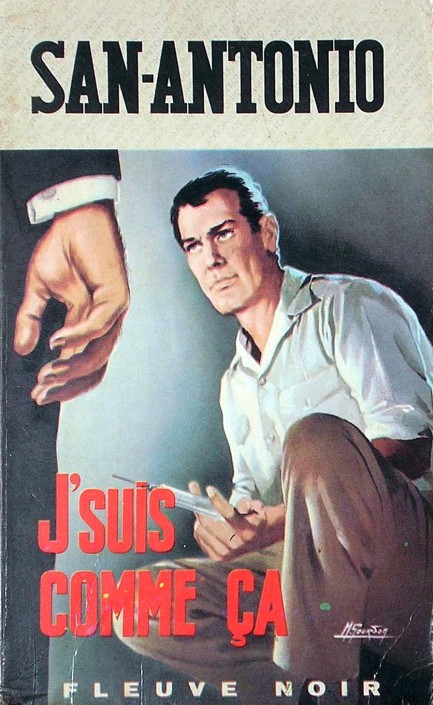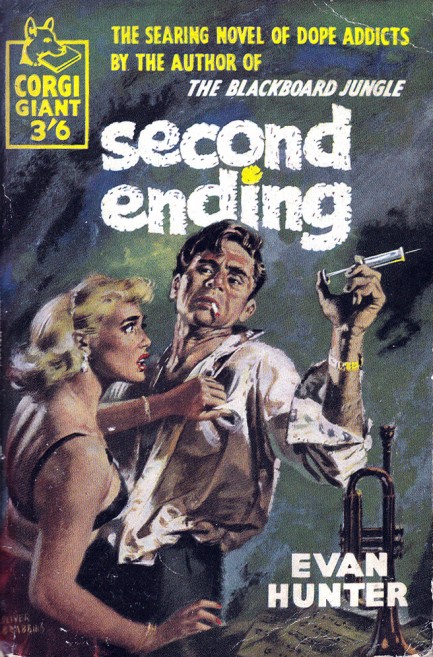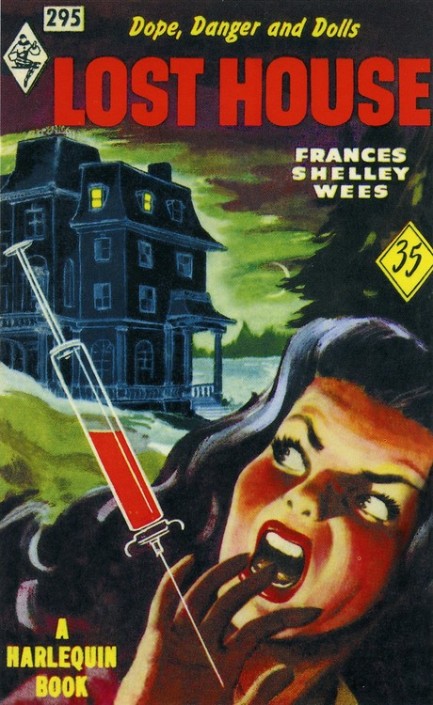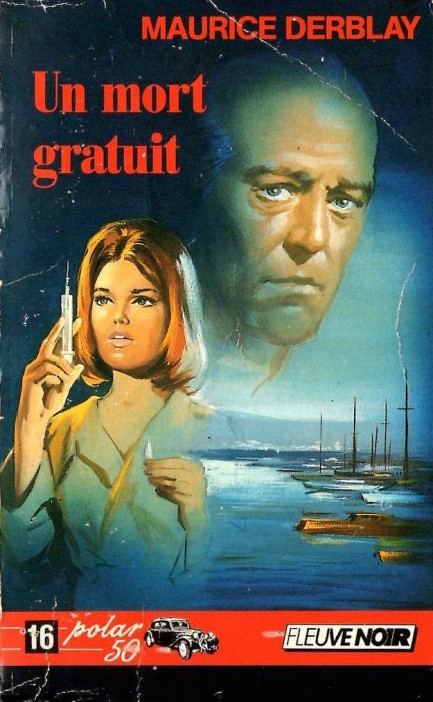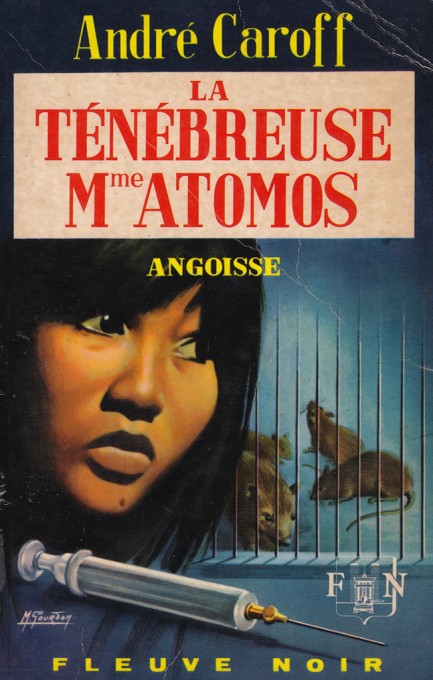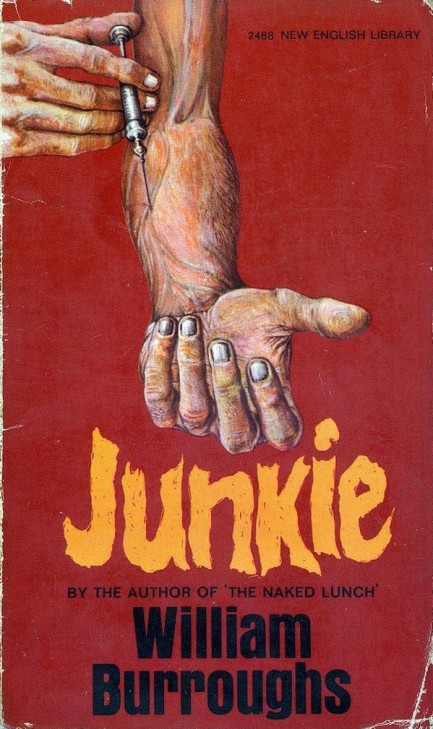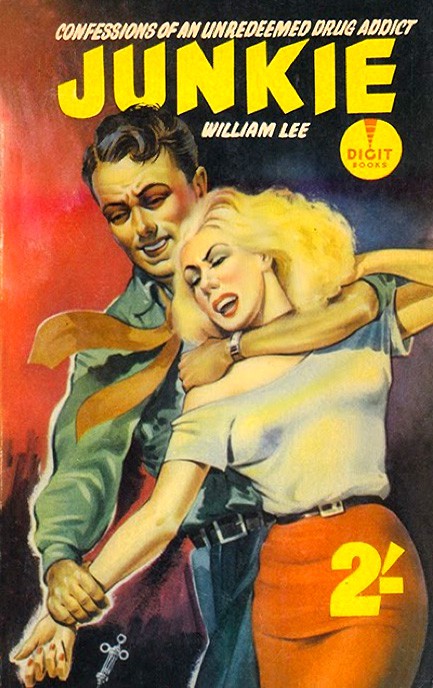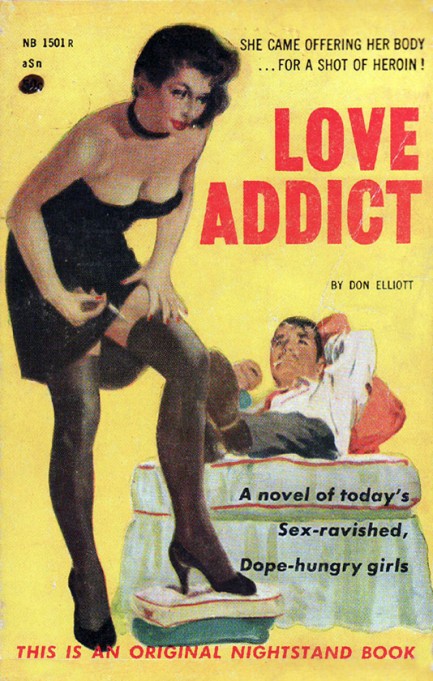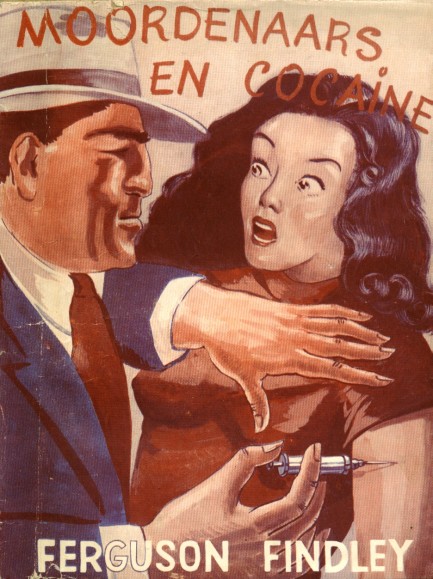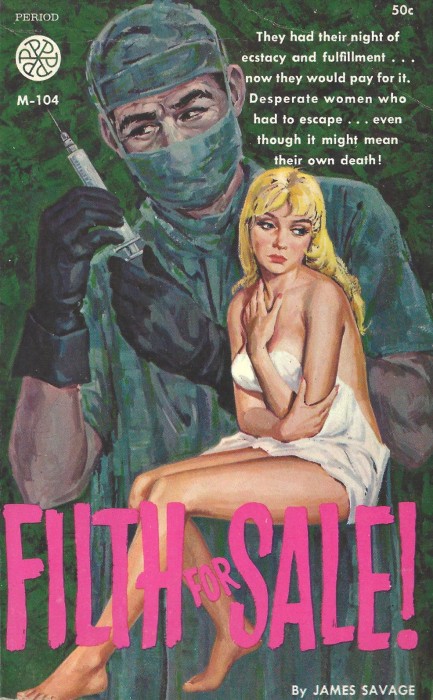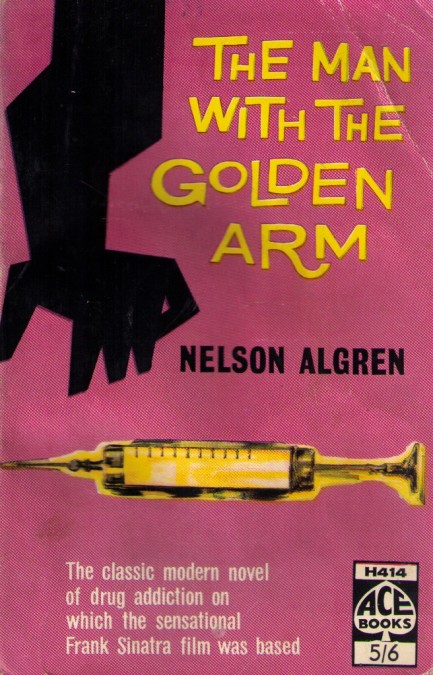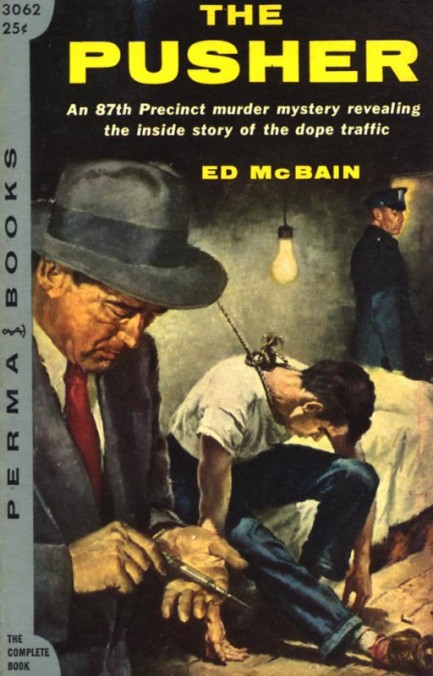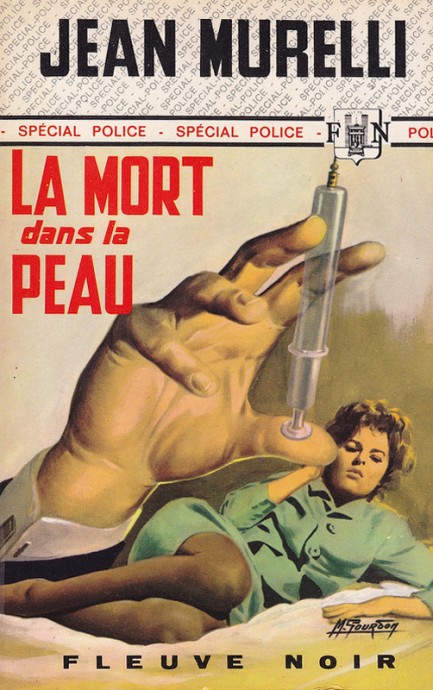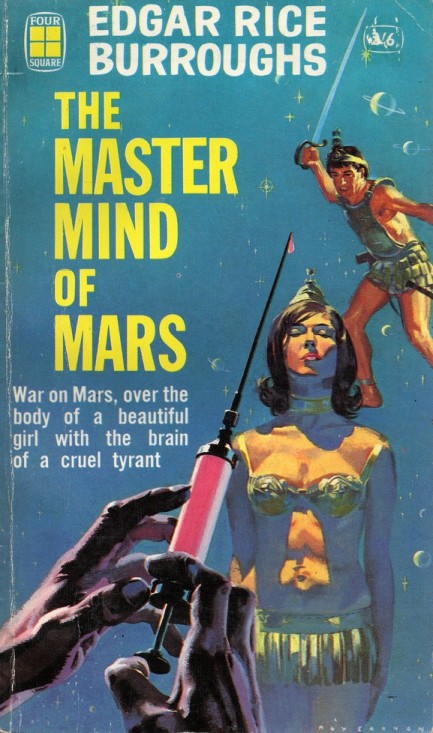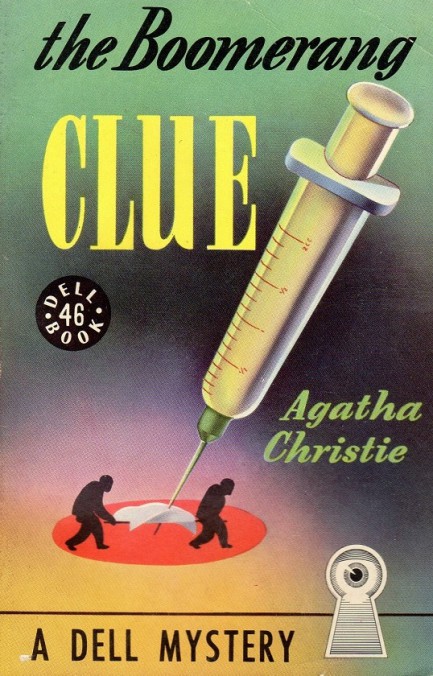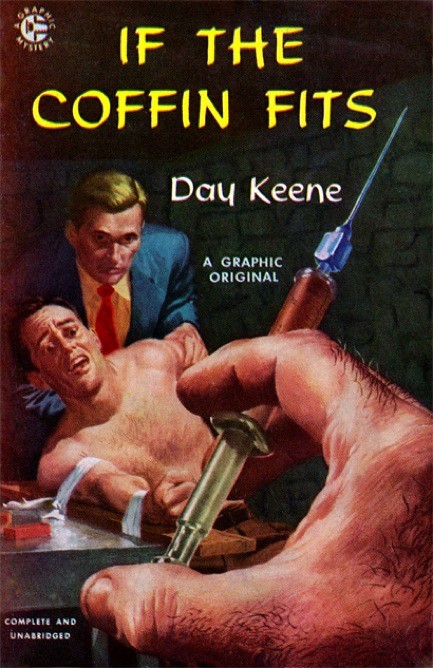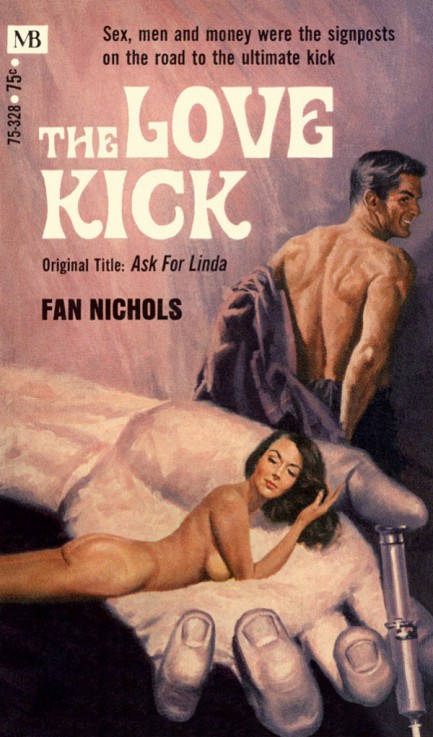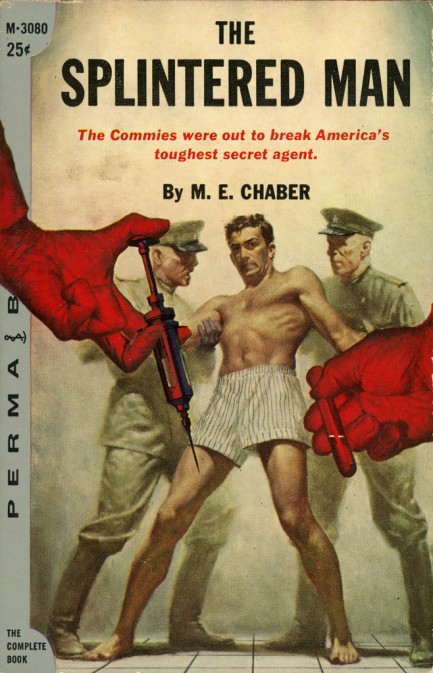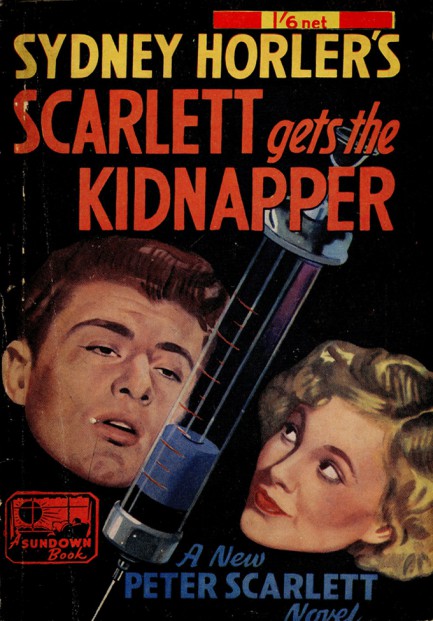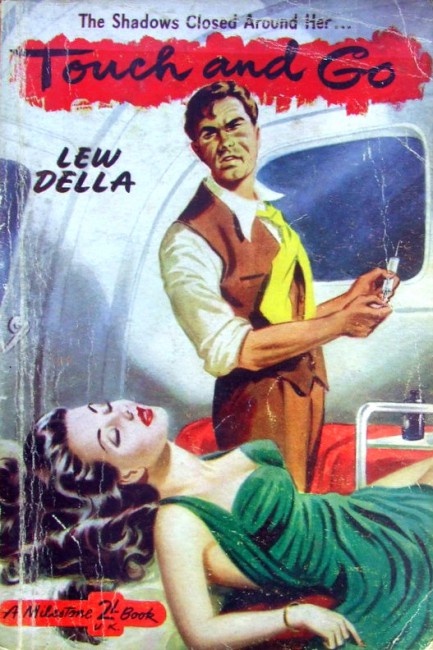 Me? Why should I touch it? You’re the one always going on about how you can tell everything about a man from his handshake. 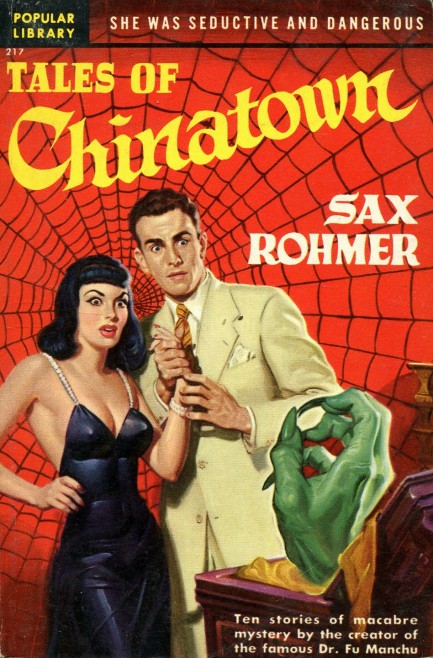
British author Sax Rohmer, aka Arthur Henry Ward, wrote many novels but made his reputation with the Fu Manchu series. Tales of Chinatown doesn’t feature that famous character, but instead deals in short story form with other characters and various unsavory goings-on in the Chinese underworld of London’s Limehouse district. There are problems with Rohmer’s depictions of Chinese, Jews, and other groups, but the writing is more than a century old, so no surprise there.
In terms of execution, there’s a sinister mood of a type here that's quite effective. "The Daughter of Huang Chow," the opening tale, deals with a series of fatal poisonings among the Limehouse criminal set, and the mysterious contents of an ornamental coffin. "The Hand of the Mandarin Quong," from which the cover is derived, is set in Singapore and London, and tells the story of a man who loses a hand in a failed attempt to rescue his kidnapped wife, but whose severed body part continues to haunt and hunt the kidnapper.
Tales of Chinatown is an atmospheric collection, well written and imaginatively conceived. It's easy to see why Rohmer became an international sensation. Many of his tropes are by now familiar if not hackneyed (and his racialized musings are deservingly excoriated), but back when his ideas were fresh they must have given his readers the megacreeps. Crime, suspense, mystery, mysticism, horror—Tales of Chinatown has all that. It first appeared in 1922, and this Popular Library edition with art by Rudolph Belarski is from 1949.
 He didn't become a doctor by quitting when things got tough. 
Above is an eye catching Italian poster painted by Ezio Tarantelli for Ik. Dr Fu Manchu, aka The Face of Fu Manchu, part of a series of films based on Chinaphobic novels by Sax Rohmer. According to IMDB and other sources this film played in Italy as Fu Manciù A.S.3: Operazione Tigre, but this poster suggests otherwise, or at least suggests it played there under more than one title. There's no known release date, but it would have shown sometime in 1966. We gave it a look, and plotwise the infamous crime boss Fu Manchu is executed via beheading in the first scene, much to the delight of various police authorities, but they later suspect that a double died—a man with Fu's face, hypnotized into marching to his own death. And of course, they're right. Fu can do most anything he sets his mind to, including setting other people's minds to doing things detrimental to their earthly existence. Christopher Lee, who specialized in movies of this ilk, occupies the starring slot, with his yellow make-up shading toward a grayish brown. Other cast members include Nigel Green, Karin Dor, Joachim Fuckburger—er, we mean Fuchsberger—and several more white folk pretending to be Asian. You'll have to ignore that and other racist aspects of the film. Or not, at your option. Setting that aside, is The Face of Fu Manchu any good? Umm... no, we wouldn't say so. But you might get a laugh or two from it. 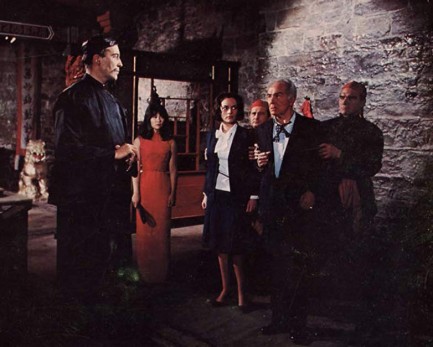 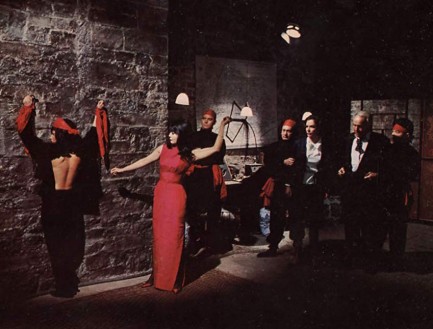 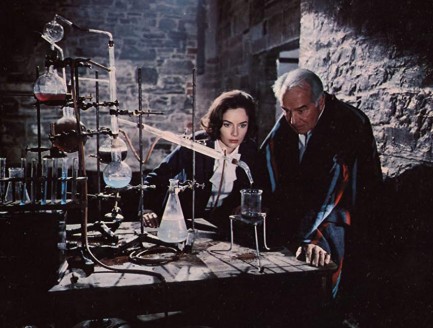 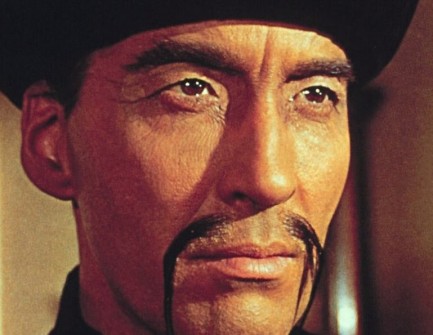
 There's only one sure way to get rid of a headache. Murder him. 
Hangover House was originally conceived as a stage play and was written by Sax Rohmer, aka Arthur Henry Ward, and his wife, Elizabeth Sax Rohmer, who obviously borrowed his pseudonym. We haven't read the play, but the novel is one of those fun British murder mysteries where everyone is stuck in a mansion as cops try to solve the crime. But the police are secondary. The main guy here is private investigator Storm Kennedy, also stranded in Hangover House after being hired to keep an eye on one of the guests, the young and beautiful Lady Hilary Bruton. In his efforts to protect Lady Hilary, Kennedy becomes the prime murder suspect. By 1949, when this was originally written, guys like Cain and Hammett had taken crime fiction to violent, depraved places, so Hangover House may seem to some readers both overly genteel and too romantic—“Oh, Storm, will you save me from myself!”—but we liked it anyway. The surprise ending actually did surprise us. This Graphic Books paperback appeared in 1954, and the cover artist is uncredited.
|
 |

The headlines that mattered yesteryear.
1945—Churchill Given the Sack
In spite of admiring Winston Churchill as a great wartime leader, Britons elect
Clement Attlee the nation's new prime minister in a sweeping victory for the Labour Party over the Conservatives. 1952—Evita Peron Dies
Eva Duarte de Peron, aka Evita, wife of the president of the Argentine Republic, dies from cancer at age 33. Evita had brought the working classes into a position of political power never witnessed before, but was hated by the nation's powerful military class. She is lain to rest in Milan, Italy in a secret grave under a nun's name, but is eventually returned to Argentina for reburial beside her husband in 1974. 1943—Mussolini Calls It Quits
Italian dictator Benito Mussolini steps down as head of the armed forces and the government. It soon becomes clear that Il Duce did not relinquish power voluntarily, but was forced to resign after former Fascist colleagues turned against him. He is later installed by Germany as leader of the Italian Social Republic in the north of the country, but is killed by partisans in 1945. 1915—Ship Capsizes on Lake Michigan
During an outing arranged by Western Electric Co. for its employees and their families, the passenger ship Eastland capsizes in Lake Michigan due to unequal weight distribution. 844 people die, including all the members of 22 different families. 1980—Peter Sellers Dies
British movie star Peter Sellers, whose roles in Dr. Strangelove, Being There and the Pink Panther films established him as the greatest comedic actor of his generation, dies of a heart attack at age fifty-four.
|

|
|

It's easy. We have an uploader that makes it a snap. Use it to submit your art, text, header, and subhead. Your post can be funny, serious, or anything in between, as long as it's vintage pulp. You'll get a byline and experience the fleeting pride of free authorship. We'll edit your post for typos, but the rest is up to you. Click here to give us your best shot.

|
|










